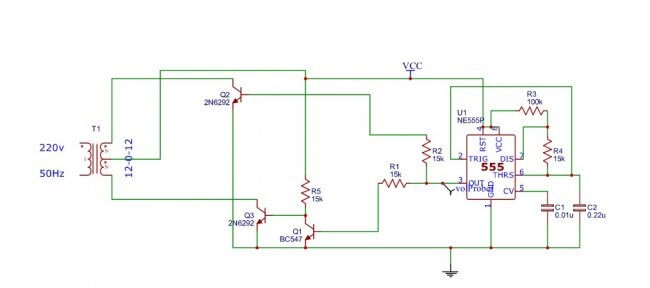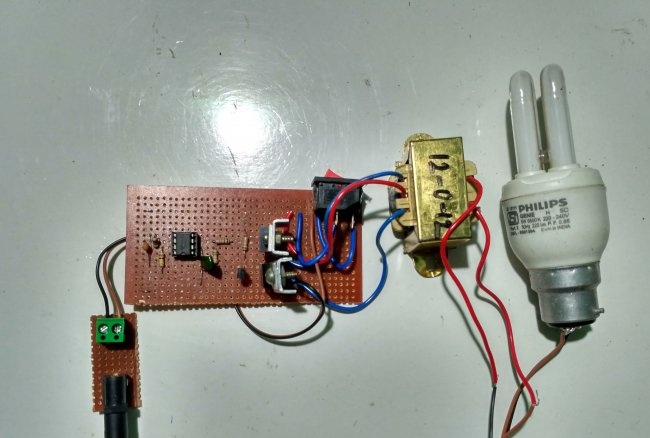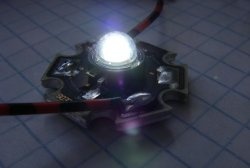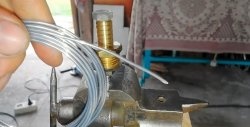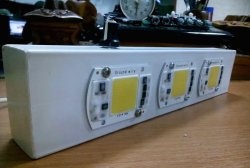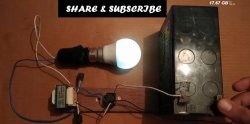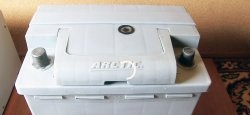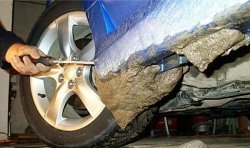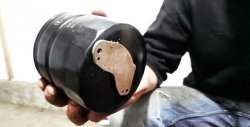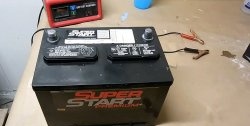Simple inverter 12V - 220V 50Hz
What distinguishes this converter is that it provides a full sinusoidal voltage with a frequency of 50 Hz.
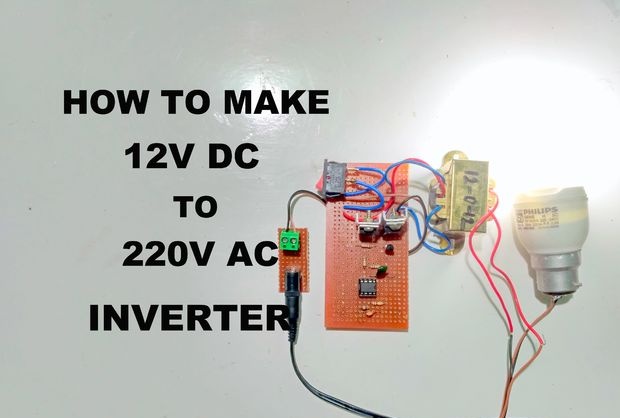
The inverter converts 12 V DC to 220 V AC, frequency 50 Hz. It has a minimum number of components and small size. The power of the inverter is determined by the power of its transformer and in my case it lies in the range of 30-50 W. The output voltage has a sinusoidal waveform.
You can power lamps, laptops, charge cell phones, electric razors, etc. from the inverter. Since the inverter frequency is 50 Hz, you can connect any devices with a power consumption of up to 30 W.
List of components:
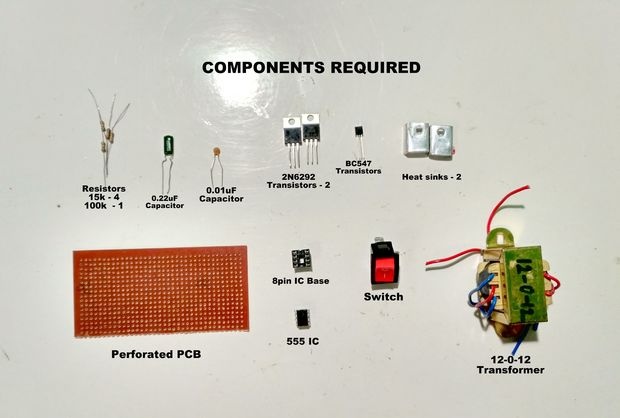
The microcircuit contains a multivibrator that generates rectangular pulses with a frequency of 50 Hz.Transistor Q1 is inverting, as a result, the output stages on transistors Q2 and Q3 operate alternately. This circuit is called push-pull. The load of the output stages is a step-up transformer, which converts the voltage to 220 V and generates a sinusoidal signal from rectangular pulses.
The inverter is assembled on a breadboard. The elements are inserted and sealed at the bottom with jumpers. The transistors of the output stages are installed on small heat sinks.
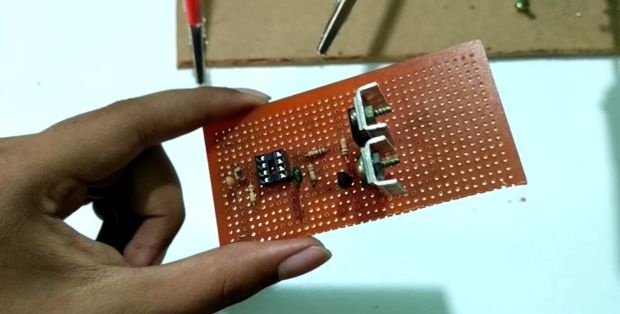
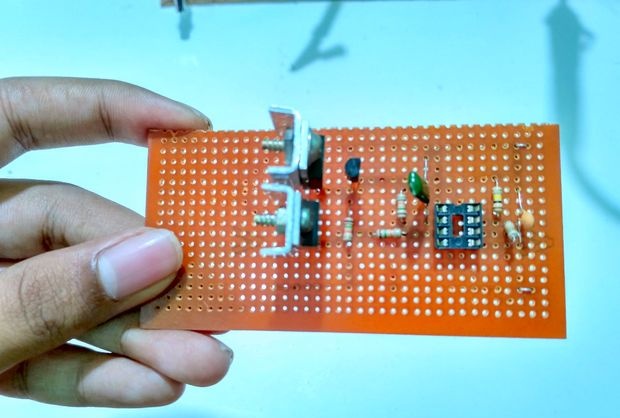
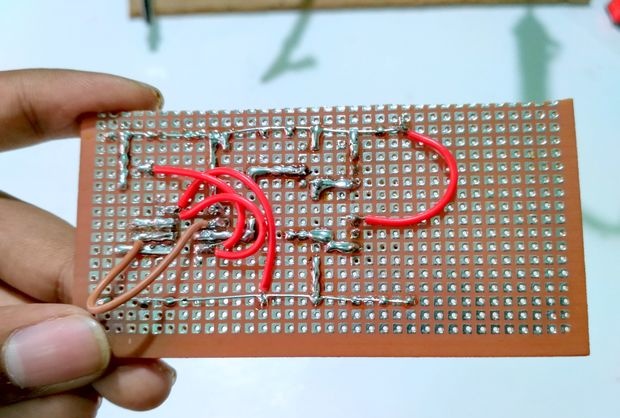
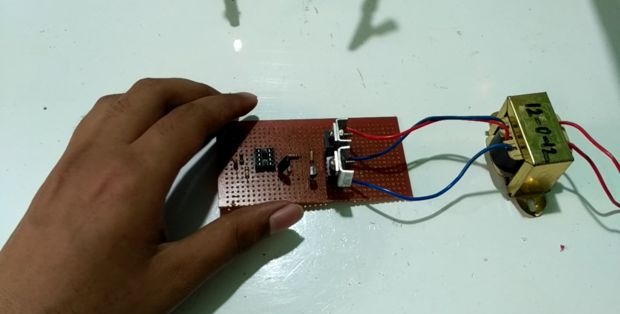
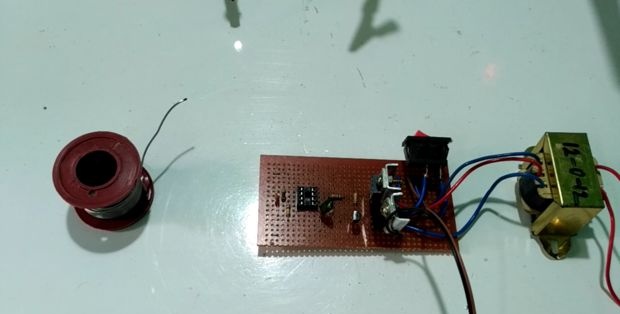
With proper assembly and serviceable components, the converter begins to work immediately and does not require adjustment. The circuit is simple, does not contain complex electronics and has proven itself well.
The inverter works well from a car battery. As a matter of fact, I made this inverter for the car.

Video:

The inverter converts 12 V DC to 220 V AC, frequency 50 Hz. It has a minimum number of components and small size. The power of the inverter is determined by the power of its transformer and in my case it lies in the range of 30-50 W. The output voltage has a sinusoidal waveform.
You can power lamps, laptops, charge cell phones, electric razors, etc. from the inverter. Since the inverter frequency is 50 Hz, you can connect any devices with a power consumption of up to 30 W.
List of components:
- Transistors:
- BC547 – 1 piece - [ Aliexpress ]
- 2N6292 - 2 pcs - [ Aliexpress ]
- BC547 – 1 piece - [ Aliexpress ]
- Resistors:
- 15 kOhm - 4 pcs - [ Aliexpress ]
- 100 kOhm - 1 piece -[ Aliexpress ]
- 15 kOhm - 4 pcs - [ Aliexpress ]
- Capacitors:
- 0.01uF - 1 piece - [ Aliexpress ]
- 0.22uF - 1 piece - [ Aliexpress ]
- 0.01uF - 1 piece - [ Aliexpress ]
- Chip IC 555 – 1 piece - [ Aliexpress ]
- Switches - 1 piece - [ Aliexpress ]
- Transformer [12-0-12/220] - 1 piece - [ Aliexpress ]
- Breadboard - 1 piece - [ Aliexpress ]
- Heat sinks - 1 piece - [ Aliexpress ]

Converter circuit
The microcircuit contains a multivibrator that generates rectangular pulses with a frequency of 50 Hz.Transistor Q1 is inverting, as a result, the output stages on transistors Q2 and Q3 operate alternately. This circuit is called push-pull. The load of the output stages is a step-up transformer, which converts the voltage to 220 V and generates a sinusoidal signal from rectangular pulses.
Inverter assembly
The inverter is assembled on a breadboard. The elements are inserted and sealed at the bottom with jumpers. The transistors of the output stages are installed on small heat sinks.





With proper assembly and serviceable components, the converter begins to work immediately and does not require adjustment. The circuit is simple, does not contain complex electronics and has proven itself well.
The inverter works well from a car battery. As a matter of fact, I made this inverter for the car.

Video:
Similar master classes
Particularly interesting
Comments (3)

